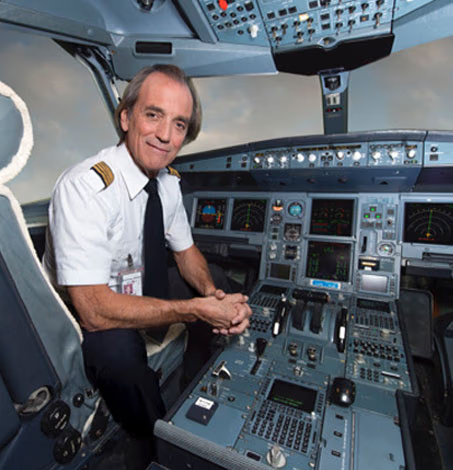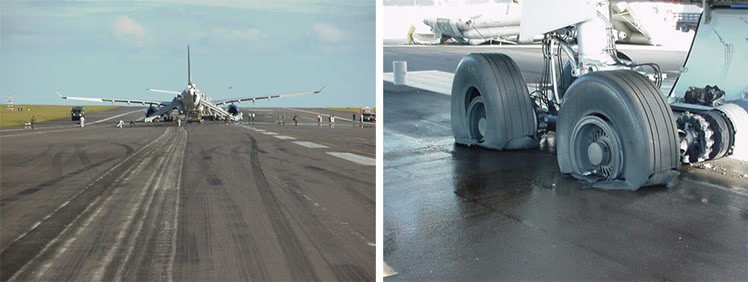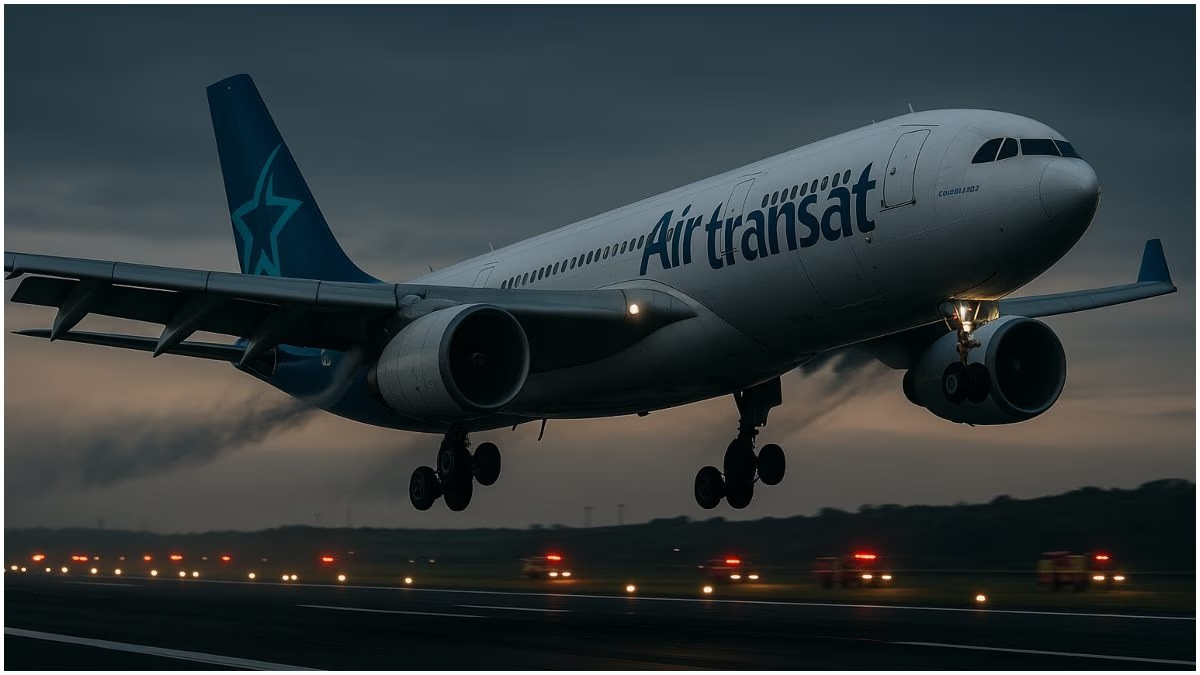'Mayday, mayday, mayday... Our engines have failed, we are gliding...' were the words of 28-year-old First Officer Dirk DeJager on August 24, 2001, during an emergency when the flight's engines failed in mid-air. The flight was Air Transat Flight 236, an Airbus A330, soaring with 306 passengers over the Atlantic Ocean at an altitude of 39,000 feet. The nearest runway was about 120 kilometers away, while the flight’s destination was 1500 kilometers further.
This flight was on its route from Toronto, Canada, to Lisbon, Portugal's capital. Approximately five hours into the journey, the pilots discovered that fuel leakage had caused one engine to fail. After 13 minutes, the second engine ceased as well. Astonishingly, the plane did not crash; instead, a miracle unfolded—now hailed as the 'Miracle on the Azores.' They safely glided the aircraft across an icy and dark Atlantic, making a secure landing around 120 kilometers away.
The credit goes to Captain Robert Piché and First Officer Dirk DeJager, who executed this improbable task with poise and determination. Despite the perilous situation, all 306 passengers survived, and this gliding feat set a world record.

Source: aajtak
Everyone Feared 'We Are Going to Die'
The landing was far from simple and the cabin atmosphere was nerve-wracking. Panic gripped everyone onboard as passengers were prepped for a potentially dangerous landing. Many thought their end was near. Despite hydraulic system failures, electric glitches, and cabin issues, Piché and DeJager remained focused, executing their plan against all odds.
After securing everyone, Captain Piché shared upon returning to Canada, 'When your engine quits, eventually, you will crash. Knowing this, your focus is entirely on passenger safety. You act as instructed under training, with no time for other thoughts.'
What Happened That Night?
Over the Atlantic, as engine trouble became evident, pilots attempted to diagnose the issue. They were initially unaware that a fuel pipe leaking on the right engine, owing to a hydraulic pump problem, was causing the malfunction. Instead of confining the leak by shutting down the engine immediately, they attempted to balance fuel transfer between tanks. This exacerbated the problem by encouraging further leakage.
With fuel drained, the right engine faltered. Fuel emergency was declared and a drift attempt was made toward the military-civilian airfield Lajes Air Base on the Portuguese Azores’ Terceira Island. Soon, the second engine failed too. With power depleted, the aircraft transformed into a glider.

Source: aajtak
Executing the Landing
At about 39,000 feet during double engine failure, altitude decreased by 1000 feet every 27 to 31 kilometers. Control was challenging with rudder, reverse thrusters, and flaps malfunctioning (essential for braking, steering, and stability). Pilots had to rely solely on nose pitches for glide path regulation.
Piché began descent towards Lajes with steady caution. The plane was controlled manually without engine thrust or autopilot aid. Cabin pressure lessened, deploying oxygen masks. Flight attendants prepped passengers for potential sea landing, in soaring waves, darkness, and absolute isolation from surrounding ships. Landing on water was risky.
Swift Descent
Upon nearing Lajes Air Base, Piché maneuvered the 250-ton wide-body jet without thrust. Due to engine disengagement, velocity diminished rapidly. Consequently, Captain Piché aimed for swift landing as only partial landing gear lowered. Piché sustained brisk speed to extend gliding range, employing a 360-degree turnaround for deceleration into an 'S' shaped descent.

Source: aajtak
Emergency response was ready on the runway. At 6:45 AM UTC, the A-330 landed soundly on Lajes’ runway 33, bouncing once yet staying on the 3,300-meter path. It stabilized without functional brakes, spoilers, flaps, or reverse thrust, having glided over 120 kilometers without power. Every one of the 306 onboard survived, with only two sustaining minor injuries.
Post-investigation disclosed that fuel leak arose from a repair fault in Montreal, utilizing a part meant for a different engine model. The pilots earned acclaim for their lifesaving efforts; however, it was noted that timely detection might have averted the incident entirely.




